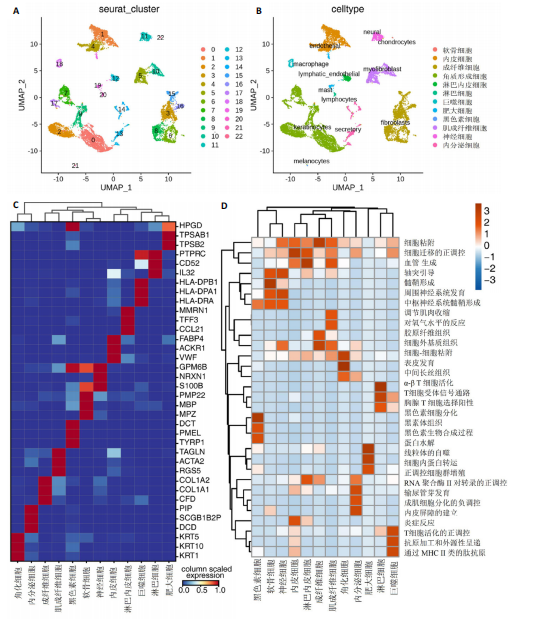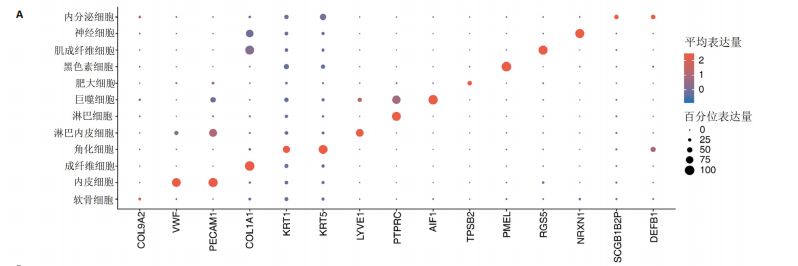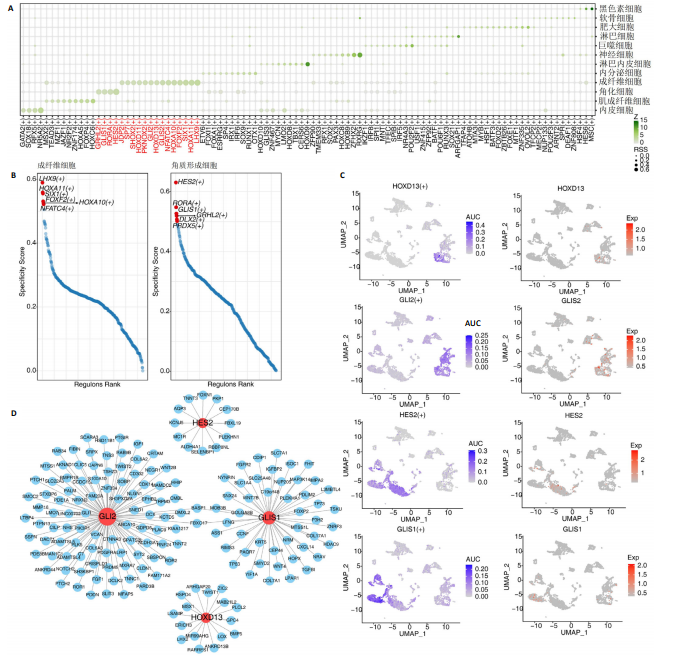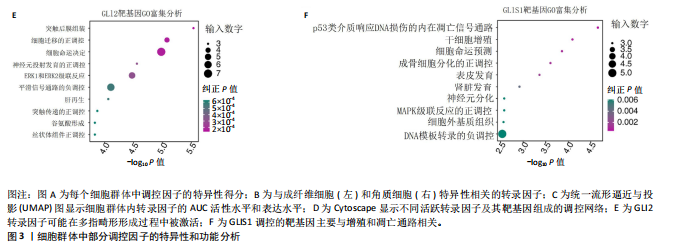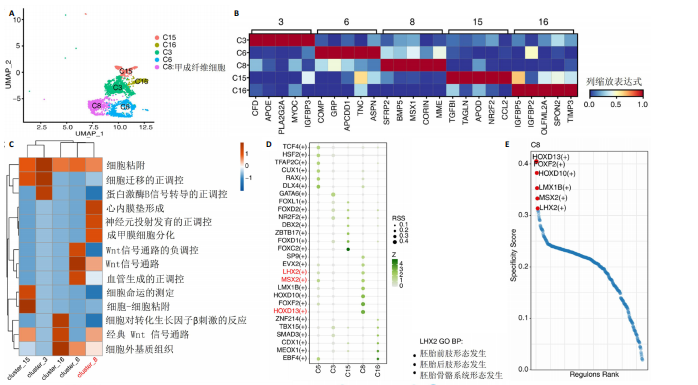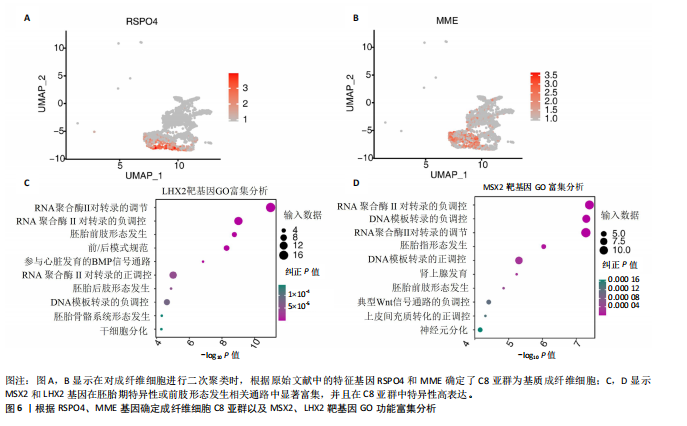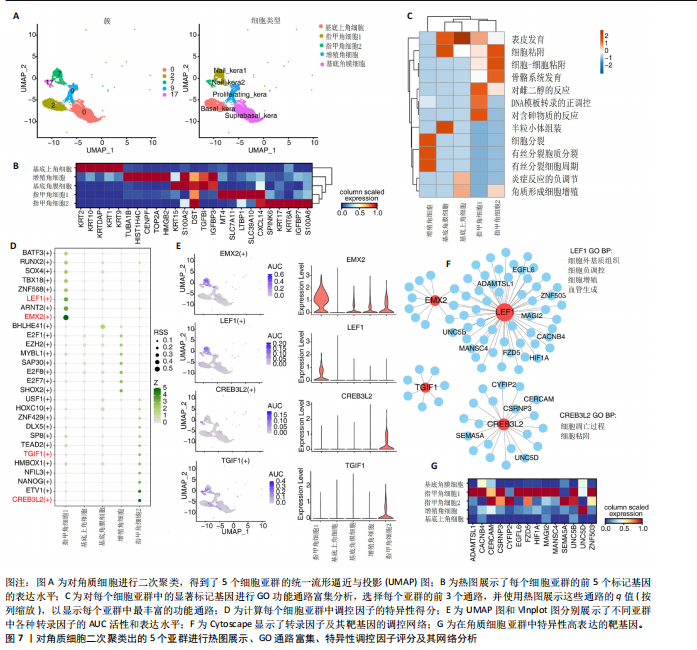[1] AHMAD Z, LIAQAT R, PALANDER O, et al. Genetic overview of postaxial polydactyly: Updated classification. Clin Genet. 2023; 103(1):3-15.
[2] BUBSHAIT DK. A review of polydactyly and its inheritance: Connecting the dots. Medicine (Baltimore). 2022;101(50): e32060.
[3] KYRIAZIS Z, KOLLIA P, GRIVEA I, et al. Polydactyly: Clinical and molecular manifestations. World J Orthop. 2023;14(1): 13-22.
[4] ÁLVAREZ LFG, TENORIO-CASTAÑO J, POLETTA FA, et al. A large, ten-generation family with autosomal dominant preaxial polydactyly/triphalangeal thumb: Historical, clinical, genealogical, and molecular studies. Am J Med Genet A. 2023;191(1):100-107.
[5] IANEVSKI A, GIRI AK, AITTOKALLIO T. Fully-automated and ultra-fast cell-type identification using specific marker combinations from single-cell transcriptomic data. Nat Commun. 2022;13(1):1246.
[6] LEE J, HYEON DY, HWANG D. Single-cell multiomics: technologies and data analysis methods. Exp Mol Med. 2020;52(9):1428-1442.
[7] VAN DE SANDE B, FLERIN C, DAVIE K, et al. A scalable SCENIC workflow for single-cell gene regulatory network analysis. Nat Protoc. 2020;15(7):2247-2276.
[8] LIU S, WANG Z, ZHU R, et al. Three Differential Expression Analysis Methods for RNA Sequencing: limma, EdgeR, DESeq2. J Vis Exp. 2021;(175):e62528.
[9] MA A, WANG C, CHANG Y, et al. IRIS3: integrated cell-type-specific regulon inference server from single-cell RNA-Seq. Nucleic Acids Res. 2020;48(W1): W275-W286.
[10] BU D, LUO H, HUO P, et al. KOBAS-i: intelligent prioritization and exploratory visualization of biological functions for gene enrichment analysis. Nucleic Acids Res. 2021;49(W1):W317-W325.
[11] MITSIS T, EFTHIMIADOU A, BACOPOULOU F, et al. Transcription factors and evolution: an integral part of gene expression. World Acad Sci J. 2020;2(1):3-8.
[12] LOO CKC, PEAREN MA, RAMM GA. The Role of Sonic Hedgehog in Human Holoprosencephaly and Short-Rib Polydactyly Syndromes. Int J Mol Sci. 2021; 22(18):9854.
[13] HAMELIN A, CONCHOU F, FUSELLIER M, et al. Genetic heterogeneity of polydactyly in Maine Coon cats. J Feline Med Surg.2020;22(12):1103-1113.
[14] XU C, YANG X, ZHOU H, et al. A novel ZRS variant causes preaxial polydactyly type I by increased sonic hedgehog expression in the developing limb bud. Genet Med. 2020;22(1):189-198.
[15] JIAO H, WALCZAK BE, LEE MS, et al. GATA6 regulates aging of human mesenchymal stem/stromal cells. Stem Cells. 2021;39(1): 62-77.
[16] YIN J, GUO Y. HOXD13 promotes the malignant progression of colon cancer by upregulating PTPRN2. Cancer Med. 2021; 10(16):5524-5533.
[17] DESALVO J, BAN Y, LI L, et al. ETV4 and ETV5 drive synovial sarcoma through cell cycle and DUX4 embryonic pathway control. J Clin Invest. 2021;131(13):e141908.
[18] PAN J, FANG S, TIAN H, et al. lncRNA JPX/miR-33a-5p/Twist1 axis regulates tumorigenesis and metastasis of lung cancer by activating Wnt/β-catenin signaling. Mol Cancer. 2020;19(1):9.
[19] TAN T, XU Z, GAO C, et al. Influence and interaction of resting state functional magnetic resonance and tryptophan hydroxylase-2 methylation on short-term antidepressant drug response. BMC Psychiatry. 2022;22(1):218.
[20] PELED A, SARIG O, MOHAMAD J, et al. Dominant frontonasal dysplasia with ectodermal defects results from increased activity of ALX4. Am J Med Genet A. 2023; 191(12):2806-2812.
[21] BUTLER A, HOFFMAN P, SMIBERT P, et al. Integrating single-cell transcriptomic data across different conditions, technologies, and species. Nat Biotechnol. 2018;36(5):411-420.
[22] RITCHIE ME, PHIPSON B, WU D, et al. limma powers differential expression analyses for RNA-sequencing and microarray studies. Nucleic Acids Res. 2015;43(7):e47.
[23] IANEVSKI A, GIRI AK, AITTOKALLIO T. Fully-automated and ultra-fast cell-type identification using specific marker combinations from single-cell transcriptomic data. Nat Commun. 2022;13(1):1246.
[24] AIBAR S, GONZÁLEZ-BLAS CB, MOERMAN T, et al. SCENIC: single-cell regulatory network inference and clustering. Nat Methods. 2017;14(11):1083-1086.
[25] SUO S, ZHU Q, SAADATPOUR A, et al. Revealing the Critical Regulators of Cell Identity in the Mouse Cell Atlas. Cell Rep. 2018;25(6):1436-1445.e3.
[26] XIE C, MAO X, HUANG J, et al. KOBAS 2.0: a web server for annotation and identification of enriched pathways and diseases. Nucleic Acids Res. 2011;39(Web Server issue): W316-W322.
[27] JOVIC D, LIANG X, ZENG H, et al. Single-cell RNA sequencing technologies and applications: A brief overview. Clin Transl Med. 2022;12(3):e694.
[28] SLOVIN S, CARISSIMO A, PANARIELLO F, et al. Single-Cell RNA Sequencing Analysis: A Step-by-Step Overview. Methods Mol Biol. 2021;2284:343-365.
[29] MEREU E, LAFZI A, MOUTINHO C, et al. Benchmarking single-cell RNA-sequencing protocols for cell atlas projects. Nat Biotechnol. 2020;38(6):747-755.
[30] KIM N, KIM HK, LEE K, et al. Single-cell RNA sequencing demonstrates the molecular and cellular reprogramming of metastatic lung adenocarcinoma. Nat Commun. 2020; 11(1):2285.
[31] ZHANG Y, WANG D, PENG M, et al. Single‐cell RNA sequencing in cancerresearch. J Exp Clin Canc Res. 2021;40:81.
[32] PAIK DT, CHO S, TIAN L, et al. Single-cell RNA sequencing in cardiovascular development, disease and medicine. Nat Rev Cardiol. 2020;17(8):457-473.
[33] LIAO J, YU Z, CHEN Y, et al. Single-cell RNA sequencing of human kidney. Sci Data. 2020;7(1):4.
[34] WU Y, ZHANG K. Tools for the analysis of high-dimensional single-cell RNA sequencing data. Nat Rev Nephrol. 2020; 16(7):408-421.
[35] KIM HJ, SHIM JH, PARK JH, et al. Single-cell RNA sequencing of human nail unit defines RSPO4 onychofibroblasts and SPINK6 nail epithelium. Commun Biol. 2021;4(1):692. |
